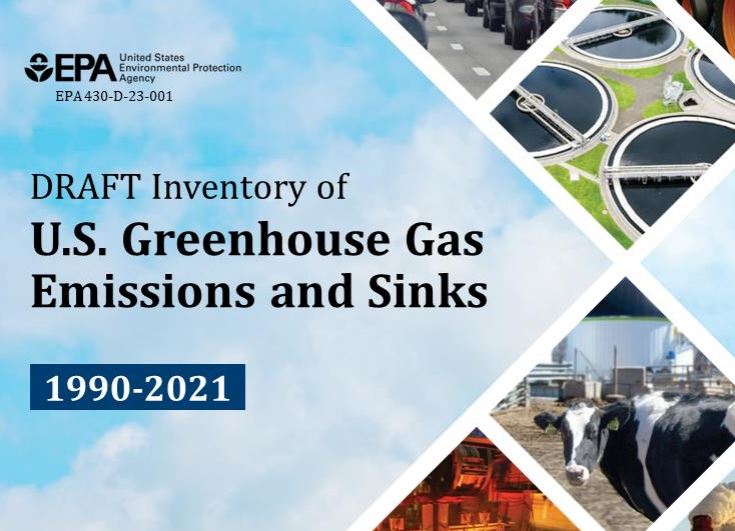
The Environmental Protection Agency has released its Draft Inventory of U.S. Greenhouse Gas Emissions and Sinks, and it says, among other findings, that methane produced in reservoirs can be released to the atmosphere as the water passes through hydropower turbines.
This is one pathway the report refers to as “downstream emissions,” along with methane-containing water being emitted from the reservoir surface or passed through the dam and exported from the reservoir to the downstream river channel. Methane and carbon dioxide are produced in reservoirs through the microbial breakdown of organic matter.
At reservoirs that store water for a wide range of purposes including hydropower, the permanently wetted portion of reservoirs are typically surrounded by periodically inundated land referred to as a “drawdown zone” or “inundation zone.” Per the report, GHG emissions from inundation zones are considered significant and similar per unit area to the emissions from the water surface and therefore are included in the total reservoir surface area when estimating GHG emissions from flooded land.
First, the report covers emissions from flooded land remaining flooded land. The report found that methane emissions from reservoirs in Texas, Florida and Louisiana compose 33% of national methane emissions from reservoirs in 2021, due to the large expanse of reservoirs in these states and the high methane emission factor for the tropical dry/montane and tropical moist climate zones that encompass a majority of the flooded land area in these states.
Second, the report covers emissions from land converted to flooded land. Emissions have been stable since 2005, reflecting the low rate of new flooded land creation over the past 16 years, the report said. Methane and carbon dioxide emissions from reservoirs in Minnesota were eight-fold greater than from any other state, attributed to 10 reservoirs created in the state after 2001. North Dakota reservoirs are the second largest source of methane and carbon dioxide from this type of land.
In 2021, 20.7% of the energy used in the U.S. (on a Btu basis) came from such other energy sources as hydropower, biomass, nuclear, wind and solar energy. The remaining 79.3% was produced through the combustion of fossil fuels.
Overall, the report found that trends in carbon dioxide emissions from fossil fuel combustion were particularly impacted by the COVID-19 pandemic, which generally led to a reduction in demand for fossil fuels in 2020 but an increase in demand as activities rebounded in 2021. “In a year with increased consumption of goods and services, low fuel prices, severe summer and winter weather conditions, nuclear plant closures, and lower precipitation feeding hydroelectric dams, there would likely be proportionally greater fossil fuel consumption than a year with poor economic performance, high fuel prices, mild temperatures, and increased output from nuclear and hydroelectric plants,” the report said.